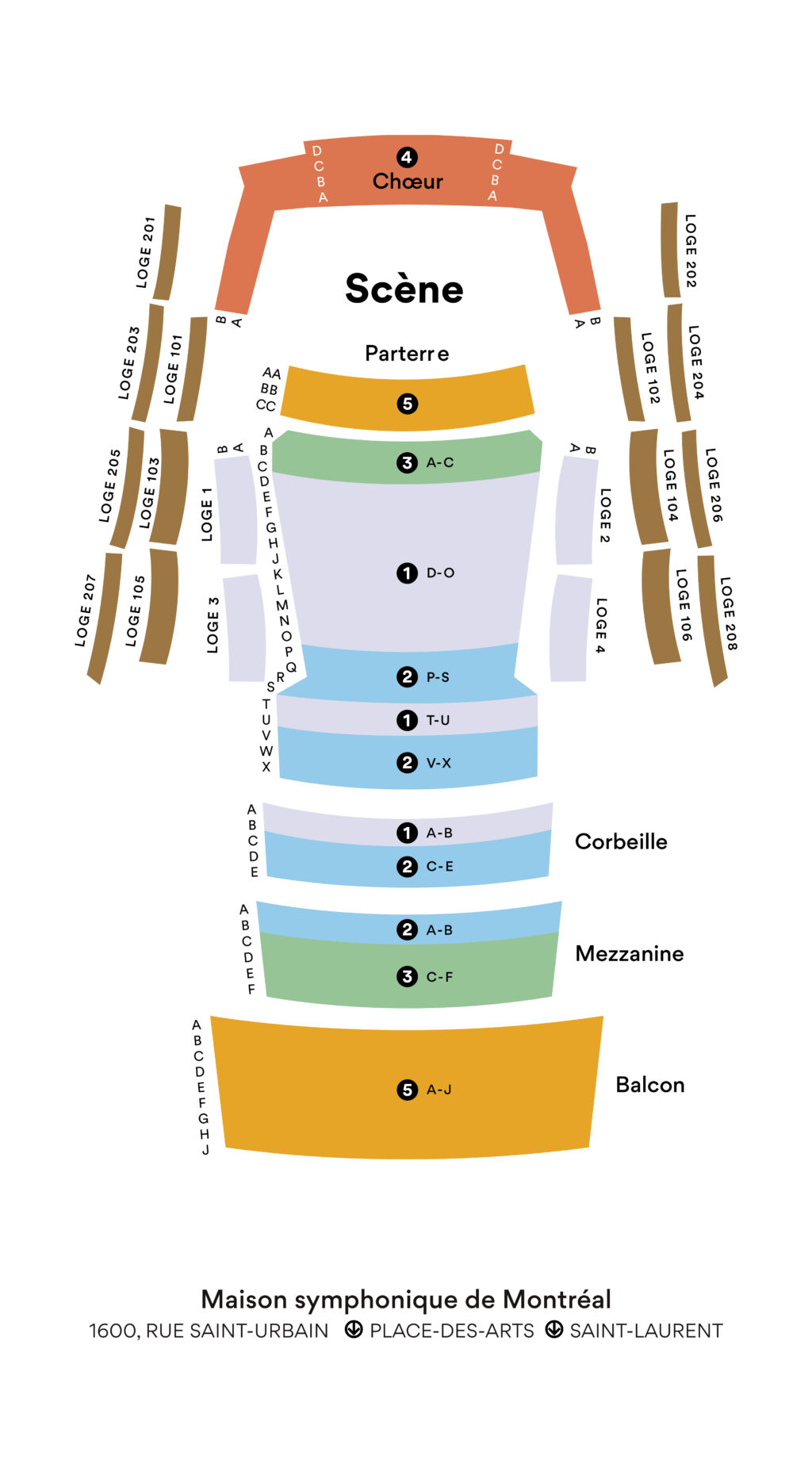Messiah
Handel
1685 – 1759
From its premiere in 1742, Messiah has ignited passion in its audiences. On one hand, the first performances in Dublin, Ireland, attracted such a large crowd that women were asked not to wear hoop skirts (as trendy as they were cumbersome) and men were asked to leave their swords at home so that as many people could attend as possible. On the other hand, its reception was lukewarm in London, as certain devout critics found it inappropriate that the Holy Scriptures were being sung, and that it was performed in unconventional settings.
Over time, the enthusiasm of audiences has ensured its success. The oratorio was performed 36 times during Handel’s lifetime, and the composer rewrote and rearranged the score each time to accommodate the orchestra performing it. This gave rise to a large variety of orchestrations, which reached monumental proportions after the composer’s death. In 1784, to commemorate the 25th anniversary of Handel’s death, there was a performance at Westminster Abbey with 275 musicians and 300 singers!
Over the course of the 19th century, Messiah retained its popularity. As Romanticism led to a considerable increase in the size of orchestras, the trend of large performances continued to grow. During the Handel festivals at London’s Crystal Palace, the piece was performed by up to 4,000 singers and 500 musicians. While Handel was never sparse in his orchestration, he likely would have found such massive ensembles to be exaggerated for Messiah.
At the turn of the 20th century, there were calls to return to the original orchestration. A few decades later, it became commonplace to perform Messiah in arrangements closer to chamber music. With a growing interest in the Baroque style, original instruments and historically accurate performances, the pendulum swung back toward smaller ensembles.
Nevertheless, the question remains whether Handel would have chosen larger orchestrations if there had not been any financial or logistical restrictions. After all, certain choruses like “Hallelujah” and “Worthy is the Lamb” are so monumental and majestic that they seem as though they were written for at least one hundred singers.
Today, the versions for smaller and larger ensembles are both used, while the larger arrangements from the 19th century have fallen out of favour. With something for everyone, this oratorio’s success has endured since its premiere.
